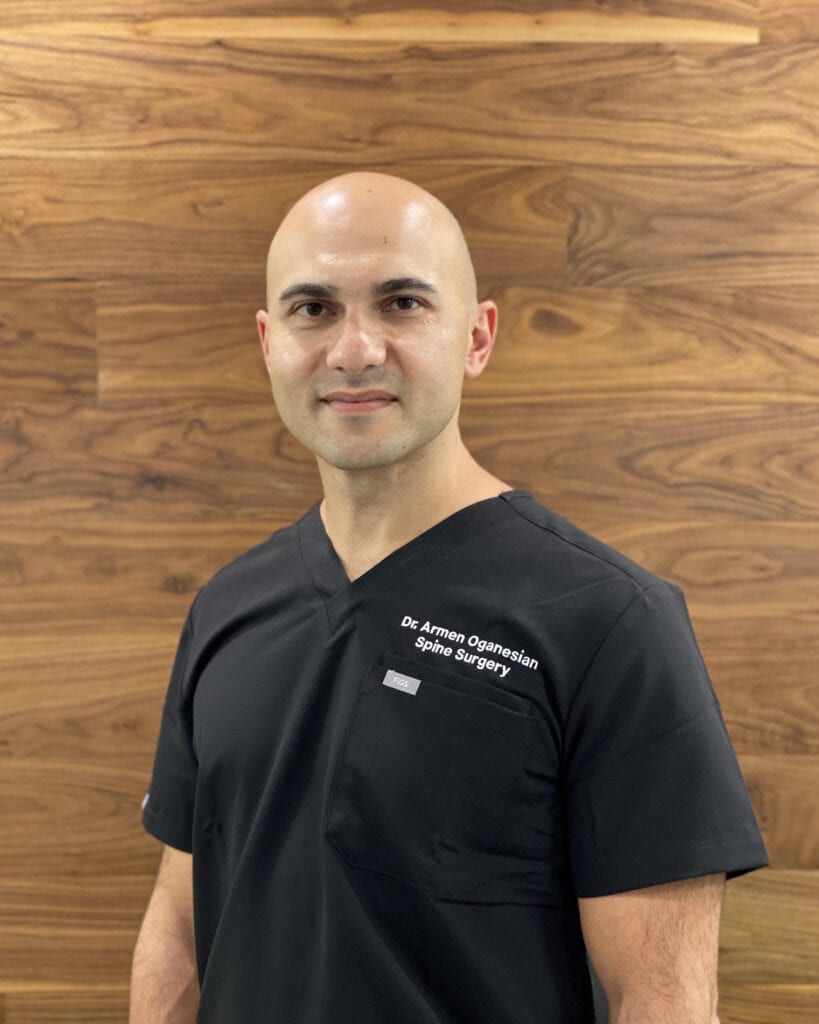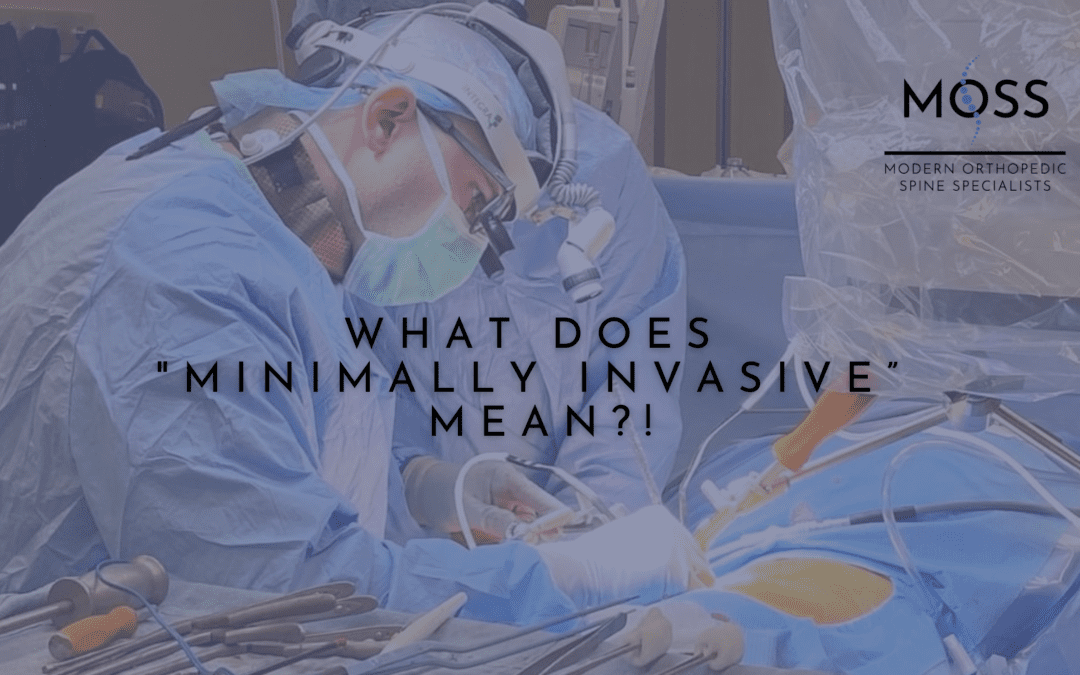When it comes to spine surgery, the words “minimally invasive” are the ones you want to hear! While there is currently no specific medical definition qualifying minimally invasive spine surgery, it refers to the idea of minimizing collateral damage during surgeries to the spine.
Why minimally invasive?
Essentially, the philosophy behind minimally invasive surgery is to minimize the damage to surrounding muscle and tissue, while still achieving the desired results. Patients should strive for procedures like this. Why? Any time the surgical technique can reduce muscle cutting, spare ligaments and bones, and instead just split the muscle fibers to get to the structures in need of repair, patients can experience a host of benefits:
- Faster recovery time
- Lower risk of infection
- Less postoperative pain
- Minimal scarring
- Minimal trauma to surrounding areas
- Less costly procedure
- Home the same day

“THERE IS NO GREATER JOY THAN TO BE ABLE TO HELP RESTORE FUNCTION AND PROVIDE PAIN RELIEF FOR THOSE IN NEED OF IT.”
—DR. ARMEN OGANESIAN, DO, MPH
What is different about minimally invasive surgeries?
Minimally invasive surgeries reduce your risks and recovery time. Here at MOSS we believe in achieving the best results for you with minimal damage to your body. That is the best approach! Whenever possible, we will opt for the least invasive procedure so you can return to better-than-normal as quickly as possible.
To illustrate this point, let’s look at two possible procedures employed to repair structures of the spine:
- Endoscopic discectomy — A least invasive spine surgery technique that uses a small endoscope (camera that provides HD footage) to visualize and repair the desired structures. This technique splits the muscles as the endoscope travels to the spine, which involves less trauma to the body. It allows the preservation of all stabilizing structures — ligaments, muscles, and bones.
- Microdiscectomy — This procedure is touted as minimally invasive but involves cutting muscles away from the bone to reach the structures of the spine. It is preferred to a more invasive approach, but still involves more trauma than endoscopic discectomy.
The video below explains the details of a micro-endoscopic discectomy in the lumbar spine.
Every patient and situation is unique, and while some conditions will still require traditional open surgery, surgeons who choose and are skilled in the least invasive procedures possible for your condition will minimize damage to tissues and provide you with the best outcomes.
The Modern Orthopedic Spine Specialists have been recognized as the premier spine specialist in the Southern California region. Having received numerous state and local accolades for his success with minimally invasive surgery, Dr. Armen Oganesian believes the majority of back pain can be addressed non-surgically with proper guidance. For the small minority of patients where surgery is needed, he employs techniques to decrease post-operative pain, quicken the recovery period, and lessen the burden of surgical trauma on a patient’s overall wellness. In fact, most endoscopic incisions are just 7mm( —– ) in length.
Modern Orthopedic Spine Specialists is the first clinic to provide the most advanced minimally invasive endoscopic spine surgery options in the region. In collaboration with Los Robles Health System, this surgery method is now available at the Thousand Oaks Surgical Hospital (TOSH).
“I was fortunate enough to receive endoscopic spine training in my fellowship and I was shocked to find out that nobody in the greater Los Angeles area was doing it when I moved here for my practice,”
Dr. Armen Oganesian, Fellowship-trained Orthopedic Spine Surgeon
For an individual consultation, contact Dr. Arman Oganesian at The Modern Spine Specialists today! Please contact The Modern Spine Specialists at 805-370-0748, or email us at info@themodernspine.com.
You can also visit our office at:
250 Lombard Street
Thousand Oaks, CA 91360


Recent Comments